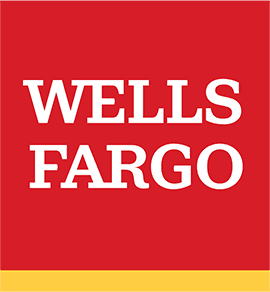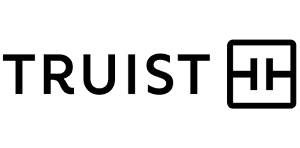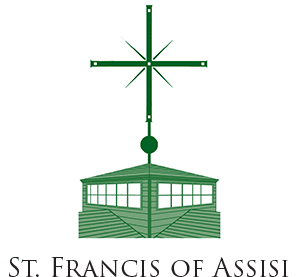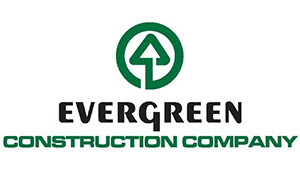BY: Emily Roberts, Liza Crichton, Afia Tyus at Southern Economic Advancement Project
ARP: A Brief Recap
When the American Rescue Plan Act (ARP) was signed into law in 2021, it allocated $350 billion for state and local governments to bridge budget shortfalls and mitigate fiscal shocks exacerbated by the Covid-19 pandemic. Through ARP, the U.S. Treasury Department distributed funds directly to state, territory, metropolitan city, county, and Tribal governments. Eligible uses for these funds include:
- Responding to the Covid-19 public health emergency and/or its negative economic impacts
- Responding to workers performing essential work during the Covid-19 pandemic
- For the provision of government services
- Making necessary investments in water, sewer, or broadband infrastructure
Expenditure categories include public health, mental health, food programs, rent aid, job training assistance, community health navigators, and more.[1] The Treasury Department has also expanded eligible uses of ARP dollars over the last two years. This past June, the Treasury Department encouraged local governments to consider using remaining funds to invest in affordable housing. Check out this Affordable Housing How-To Guide.
Are there still ARP funds that can benefit my community? How can I find out?
Maybe! SEAP developed an interactive Remaining ARP Funds Dashboard to allow interested parties to easily identify where funds remain across our 12-state service area. Visit our Data page to check it out.
Why should I trust the information in SEAP’s dashboard?
Fair question. Data in the dashboard is pulled from the Department of the Treasury Public Data on State and Local Fiscal Recovery Funds (SLFRF). The Treasury releases SLFRF reporting data quarterly. Information included in this dashboard is from March 31, 2024, and was released by the Treasury department in July of 2024. Learn more about the data source here.
It looks like there may be ARP funds available in my community. What’s next?
First, contact someone in your city, county, territory, or Tribal government office to confirm funds still remain unobligated. Keep in mind that the most up to date ARP data is from spending up to March 31, 2024 (released by the Treasury department in July), so funding availability needs to be confirmed. If ARP dollars do in fact remain unobligated in your community, now is a great time to put together a project proposal and make a pitch to local leaders. Need tools to help get started? Utilize SEAPs ARP toolkit here!
ARP in Action Across the South: Good Ideas in the Southern Context
SEAP takes seriously the opportunity to champion good ideas from across the South. Not only do stories of progressive successes deserve to be told, these stories can also encourage community-changing policy actions in places with similar political and socioeconomic realities.
Looking for ideas similar to yours that might help you frame your pitch to local leaders? SEAP has curated a collection of compelling narratives, videos, and podcasts to showcase how ARP funds are reaching and empowering historically marginalized communities. By sharing similar ideas and resources with local government leaders, community advocates stand a better chance of having their project idea considered. Check out these stories here.
Deadlines
State and local ARP funds must be obligated by December 31, 2024, and expended by December 31, 2026. Don’t wait to get started! December 31st will be here before you know it!
Funding for my project is written into my municipality budget – are the funds officially obligated?
Not quite. An obligation is: “An order placed for property and services and entering into contracts, sub awards, and similar transactions that require payment.” An obligation is not:
- An adopted budget or budget amendment
- An appropriation of SLFRF funds
- An executive order
- A resolution
- Written or oral intention to enter into a contract
- Legal authority to enter into a contract
- Claiming funds under the revenue loss category
- Moving SLFRF funds to the general fund but not further establishing an obligation[2]
Learn more about obligations
Check out the U.S. Department of Treasury’s webinar.
Get in touch with SEAP!
Want to learn more about our Remaining ARP Funds Dashboard or brainstorm ideas for obligating remaining dollars in your community? Reach out to us – that’s what we’re here for! Send us an email at info@theseap.org, and we’ll get you in touch with the right folks on our team.
–
Footnotes
[1] U.S. Department of the Treasury, “State and Local Fiscal Recovery Funds Eligible Uses.” https://home.treasury.gov/policy-issues/coronavirus/assistance-for-state-local-and-tribal-governments/state-and-local-fiscal-recovery-funds/eligible-uses. Accessed September 2024.
[2] U.S. Department of the Treasury “Coronavirus State and Local Fiscal Recovery Funds: New Obligation FAQs Webinar.” https://www.youtube.com/watch?v=Tf9IZZHvjAA. Accessed May 2024.








